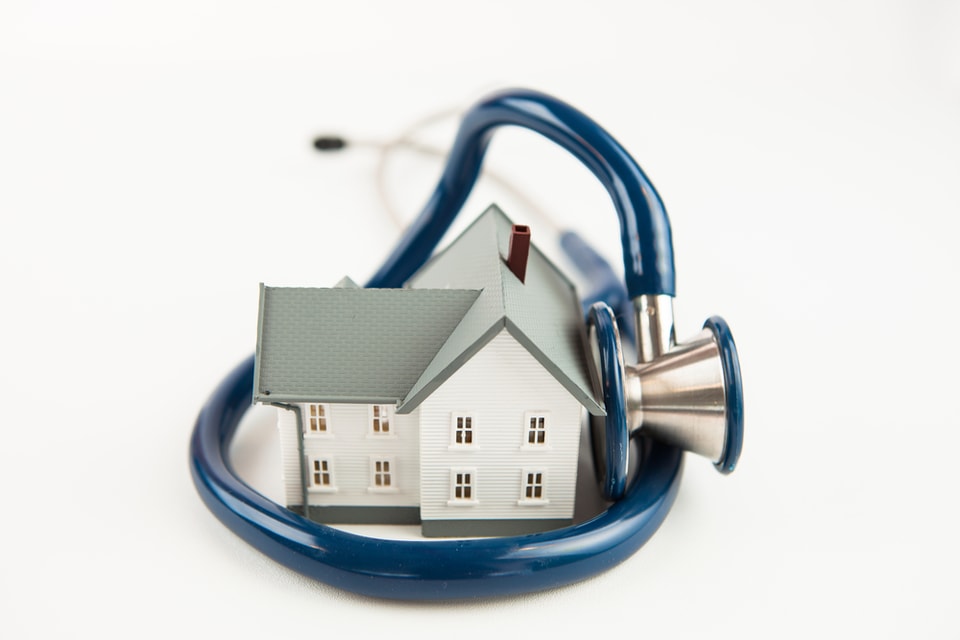One-Pager Published March 30, 2015 · Updated March 30, 2015 · 5 minute read
Executive Summary: Make Health Care More Convenient and Coordinated with Medical Homes
David Kendall

Lower back pain can feel like sharp stabs radiating from your spine. When back pain struck a 45-year-old Marylander on a Saturday in 2014, his first thought was to go to the ER, but then he remembered to call the nursing staff hired by his health plan, CareFirst Blue Cross Blue Shield to triage his health care needs. A nurse referred him to a doctor’s office with weekend hours where the doctor diagnosed muscle spasms and advised heat applications and over-the-counter ibuprofen. By Monday, he felt good enough to cancel a follow-up appointment and go to work. He avoided missing work and a hospital bill that would have cost thousands of dollars. And the doctor’s office helping him shared the savings from the prevented ER visit. Under this program, CareFirst patients have had 6% fewer hospital admissions, 8% fewer readmissions, 11% fewer days in the hospital, and 11% fewer outpatient visits than other CareFirst members.
This medical home model provides patient-centered, coordinated care with a focus on the needs of each person. It works around their lives rather than making them follow a doctor’s schedule. Adopted nationally, it would also save money—trimming $148 billion from the federal budget over ten years due to less waste and more effective care.
This idea brief is one of a series of Third Way proposals that cuts waste in health care by removing obstacles to quality patient care. This approach directly improves the patient experience—when patients stay healthy, or get better quicker, they need less care. Our proposals come from innovative ideas pioneered by health care professionals and organizations, and show how to scale successful pilots from red and blue states. Together, they make cutting waste a policy agenda instead of a mere slogan.
What Is Stopping Patients From Getting Quality Care?
Problems that are simple to treat in a physician’s office can spiral out of control without proper care and assistance for patients. For example, patients who leave the hospital and don’t receive prompt follow-up may mix up new medications or miss post-treatment warning signs, leading to another hospital visit—which could have been avoided. Often, patients only need quick access to health care through a phone call or email that does not involve a multi-hour trip to see a physician. They also need health care that does not wait for something to go wrong when a standard check-in would prevent it. But today, physicians do not receive payment for care when answering patients’ phone calls, responding to emails, or sending care alerts. The traditional form of payment only comes from seeing a patient in the office or performing a procedure, even though gaps in care can be deadly and expensive.
Where Are Innovations Happening?
Innovative efforts that coordinate care have sprung up all across the country because of a desire to help patients manage their chronic conditions and get the best care. For example, health plans in a number of states including those offering Medicare Advantage have successfully experimented with new ways to pay for enhanced primary care using the savings from preventing emergency care and other avoidable procedures:
- Anthem operating in Colorado, New Hampshire, New York, and elsewhere offers monthly lump sum payments to physicians that cover email and telephone communication with patients and coordination of a patient’s care with multiple physicians. The health plan then tracks how well the physicians’ patients do against 35 measures of success. If the patients maintain good health at lower costs, then the physicians share in the reward, as much as 30% of the savings.
- CareFirst in Maryland assigns a nurse to each physician to support the extra time needed to communicate with patients and coordinate their care. That has helped get the program up and running with physicians who don’t have the time or resources to hire additional staff. Such pilot programs have lowered ER visits by 37%.
How Can We Bring Solutions To Scale?
Medicare and all other federal health programs should offer medical homes to beneficiaries through their physicians. To successfully increase the adoption of the medical home model, policymakers should take the following steps:
First, Medicare and other federal health programs should offer medical homes to beneficiaries through their physicians. This can be accomplished by changing the way health professionals are paid—specifically, by boosting payments to primary care professionals to cover modern communications and care coordination, sharing in savings from avoidable ER visits, and bonus payments when patient health improves.
Second, Medicare should partner with states and private insurers to accelerate the adoption of medical homes for all patients and payers. Medicare has several promising experiments underway to expand the scope of medical homes, including innovative multi-payer efforts. This means private insurers, major employers, and state Medicaid programs partner with the federal government to pay physicians in the same way for acting as medical homes. Congress should authorize this expansion of these proven multi-payer and state-based demonstrations.
Potential Savings
According to an analysis by the Actuarial Research Corporation, providing medical homes to high-risk patients would save the federal government $148 billion over ten years and the whole health care system a total of $217 billion over ten years.
